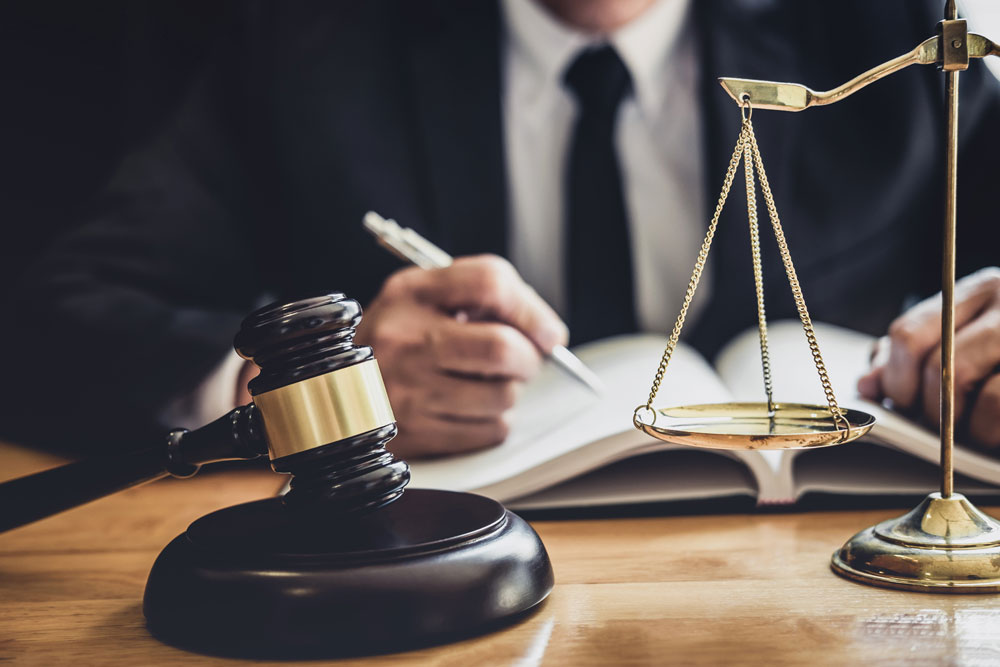
The Court continued in relevant part: Ultimately, however, the Code generally preserved the discretion of trial courts by providing that when an offender is sentenced to imprisonment for more than one offense, “such multiple sentences shall run concurrently or consecutively as the court determines at the time of sentence.” See N.J.S.A. 2C:44-5. The Legislature nonetheless made it clear that a paramount goal in enacting the Code was to achieve greater uniformity in sentencing. The Legislature was also guided by the concept that punishment of crime should be based primarily on principles of deserved punishment in proportion to the offense and not rehabilitative potential.
To advance those legislative principles, Yarbough identified a series of factors for sentencing courts to consider as a guide when determining whether to make sentences run concurrently or consecutively. The Court reviews the Yarbough factors and notes they seemed to hit the mark with one exception: factor six, which established an outer limit to the accumulation of consecutive sentences, was expressly disapproved by the Legislature, which amended N.J.S.A. 2C:44-5(a) in 1993 to clarify that “there shall be no overall outer limit on the cumulation of consecutive sentences for multiple offenses.” Other than that rejection of the sixth factor originally identified in Yarbough, the Legislature has otherwise neither altered section 44-5 nor codified the remaining Yarbough factors. The precision of the legislative reaction clarifying section 44-5 to eliminate Yarbough’s sixth factor may reasonably be interpreted as tacit approval of the remaining five factors.
Unlike some other states’ sentencing laws or guidelines, New Jersey’s Code does not contain a presumption in favor of either concurrent or consecutive sentences. The five extant Yarbough factors that guide courts in that determination have been categorized as follows. Factors two, four, and five do not relate directly to the facts of the offense and hence have little utility in the threshold assessment of consecutive or concurrent sentences. Factor one under Yarbough — “there can be no free crimes in a system for which the punishment shall fit the crime,” 100 N.J. at 644 — has been described as tilting in the direction of consecutive sentences because the Code focuses on the crime, not the criminal.
The counter argument to the Court’s “free crime” analysis is that a concurrent sentence still carries significant punishments. Initially, it works against an imprisoned defendant’s chances of securing the first available parole. Later, it counts as an aggravating factor against any future sentence.
